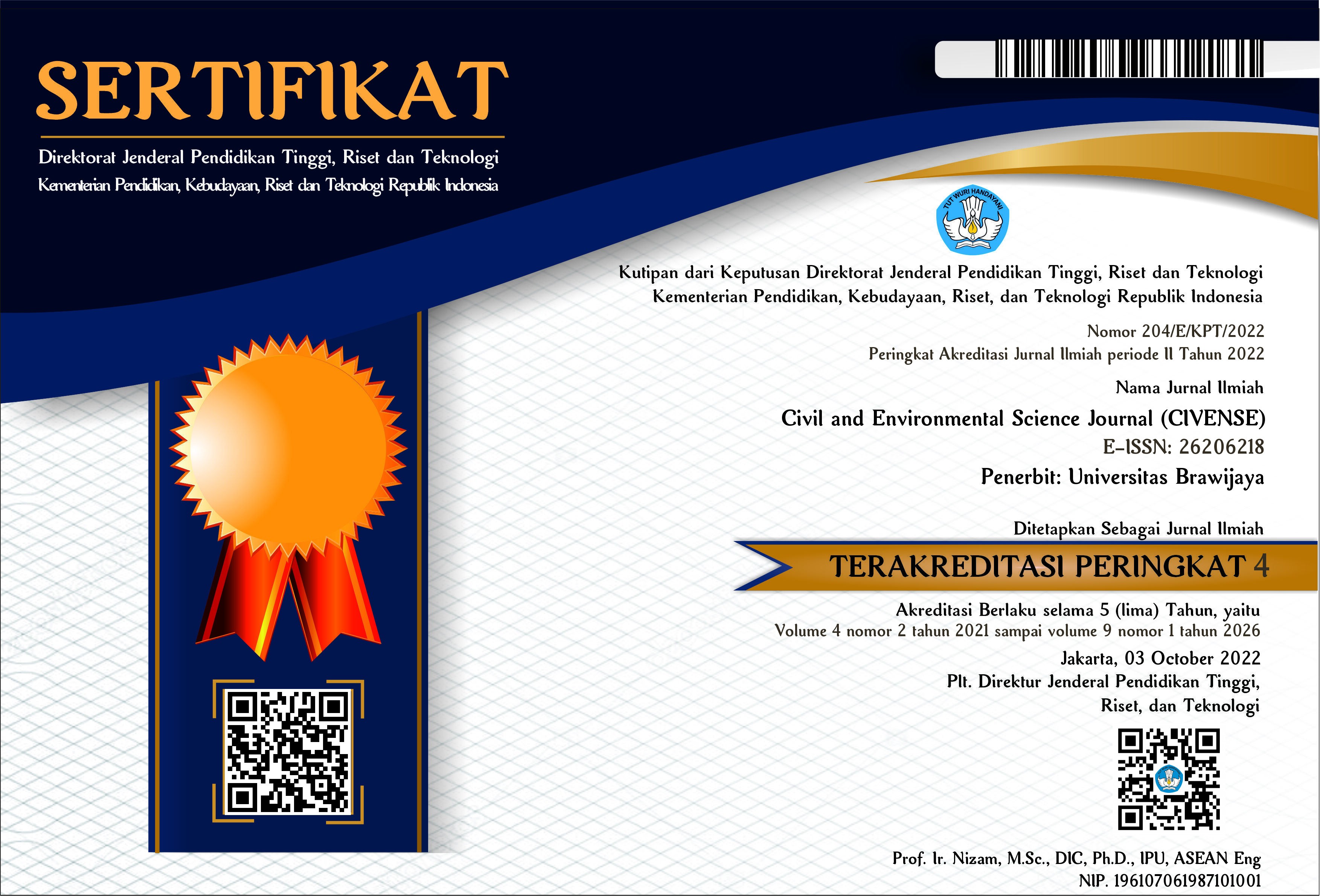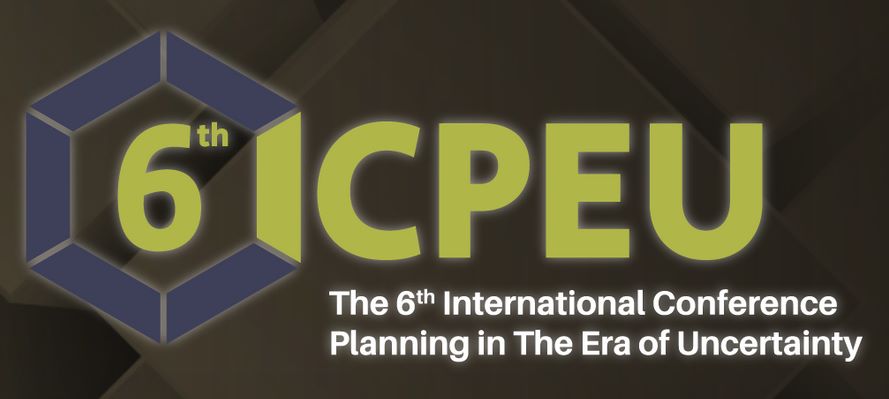BIM Implementation for Storing, Sharing and Capturing Knowledge in Indonesian Project Construction
DOI:
https://doi.org/10.21776/civense.v6i2.414Keywords:
BIM, Implementation, Knowledge, Qualitative AnalysisAbstract
BIM as a digital representation of assets has been used to facilitate design, construction, and operation process to form a reliable basis for decisions. While knowledge is part of the company's assets, knowledge will be maintained in the system so that it may be recalled if needed if BIM is used to document, store, and distribute knowledge more easily. This study will determine how BIM adoption supports knowledge storage, knowledge share, and knowledge capture in Indonesian construction projects. Data was obtained by interview and analysed using qualitative method. The results showed that large state-owned construction companies in Indonesia had implemented BIM-based knowledge management to assist organisational knowledge management process, especially in knowledge capture, storage and share on several projects, and reduce knowledge loss due to time lapse. Finding also shows that knowledge created in a project is centralised in one model, and lessons or knowledge can be grouped with BIM user preferences.
References
S. Azhar, “Building information modeling (BIM): Trends, benefits, risks, and challenges for the AEC industry,” Leadership and management in engineering, vol. 11, no. 3, pp. 241–252, 2011.
L. Y. Ding, B. T. Zhong, S. Wu, and H. B. Luo, “Construction risk knowledge management in BIM using ontology and semantic web technology,” Safety science, vol. 87, pp. 202–213, 2016.
C.-S. Park, D.-Y. Lee, O.-S. Kwon, and X. Wang, “A framework for proactive construction defect management using BIM, augmented reality and ontology-based data collection template,” Automation in construction, vol. 33, pp. 61–71, 2013.
L. Jiang, S. Xiao, and J. Chen, “Removal behavior and mechanism of Co (II) on the surface of Fe--Mn binary oxide adsorbent,” Colloids and Surfaces A: Physicochemical and Engineering Aspects, vol. 479, pp. 1–10, 2015.
E. Mikulakova, M. König, E. Tauscher, and K. Beucke, “Knowledge-based schedule generation and evaluation,” Advanced Engineering Informatics, vol. 24, no. 4, pp. 389–403, 2010.
I. Motawa and A. Almarshad, “A knowledge-based BIM system for building maintenance,” Automation in construction, vol. 29, pp. 173–182, 2013.
S. Zhang, K. Sulankivi, M. Kiviniemi, I. Romo, C. M. Eastman, and J. Teizer, “BIM-based fall hazard identification and prevention in construction safety planning,” Safety science, vol. 72, pp. 31–45, 2015.
R. Grover and T. M. Froese, “Knowledge management in construction using a SocioBIM platform: A case study of AYO smart home project,” Procedia Engineering, vol. 145, pp. 1283–1290, 2016.
S.-P. Ho, H.-P. Tserng, and S.-H. Jan, “Enhancing knowledge sharing management using BIM technology in construction,” The Scientific World Journal, vol. 2013, 2013.
G. Lee, R. Sacks, and C. M. Eastman, “Specifying parametric building object behavior (BOB) for a building information modeling system,” Automation in construction, vol. 15, no. 6, pp. 758–776, 2006.
A. Deshpande, S. Azhar, and S. Amireddy, “A framework for a BIM-based knowledge management system,” Procedia Engineering, vol. 85, pp. 113–122, 2014.
R. Fruchter, T. Schrotenboer, and G. P. Luth, “From building information model to building knowledge model,” in Computing in Civil Engineering (2009), 2009, pp. 380–389.
I. Motawa, “Spoken dialogue BIM systems–an application of big data in construction,” Facilities, vol. 35, no. 13/14, pp. 787–800, 2017.
L. Wang and F. Leite, “Process knowledge capture in BIM-based mechanical, electrical, and plumbing design coordination meetings,” Journal of Computing in Civil Engineering, vol. 30, no. 2, p. 4015017, 2016.
P. Meadati and J. Irizarry, “BIM–a knowledge repository,” in Proceedings of the 46th Annual International Conference of the Associated Schools of Construction, 2010, vol. 12, p. 2010.
T. H. Nguyen and S. H. Toroghi, “Knowledge representation in BIM for evaluating sustainability of a building design,” the New Developments in Structural Engineering and Construction, Manoa, Honolulu, USA. https://doi. org/10.3850/978-981-07-5354-2_AAE-12-238, 2013.
H. Wang and X. Meng, “Transformation from IT-based knowledge management into BIM-supported knowledge management: A literature review,” Expert Systems with Applications, vol. 121, pp. 170–187, 2019.
Sugiyono, Metode Penelitian Kuantitatif. Alfabeta, 2018.
A. Aksamija, K. Yue, H. Kim, F. Grobler, and R. Krishnamurti, “Integration of knowledge-based and generative systems for building characterization and prediction,” Ai Edam, vol. 24, no. 1, pp. 3–16, 2010.
M. A. Hossain, E. L. S. Abbott, D. K. H. Chua, T. Q. Nguyen, and Y. M. Goh, “Design-for-safety knowledge library for BIM-integrated safety risk reviews,” Automation in Construction, vol. 94, pp. 290–302, 2018.
W. Zhong, L. Li, J. Xu, and X. Ma, “Research on the mechanism of cross organizational knowledge sharing in BIM competitive environment,” in MATEC Web of Conferences, 2017, vol. 100, p. 5078.
H. Wang, X. Meng, and P. J. McGetrick, “Incorporating knowledge of construction and facility management into the design in the BIM environment,” Management, vol. 806, p. 815, 2018.
Downloads
Published
How to Cite
Issue
Section
License
Copyright (c) 2023 Singgih Fitra Utama, Kartika Puspa Negara, Indradi Wijatmiko

This work is licensed under a Creative Commons Attribution-NonCommercial 4.0 International License.
Authors who publish with this journal agree to the following terms:
Authors retain copyright and grant the journal right of first publication with the work simultaneously licensed under a Attribution-NonCommercial 4.0 International License that allows others to share the work with an acknowledgement of the work's authorship and initial publication in this journal.
Authors are able to enter into separate, additional contractual arrangements for the non-exclusive distribution of the journal's published version of the work (e.g., post it to an institutional repository or publish it in a book), with an acknowledgement of its initial publication in this journal.
Authors are permitted and encouraged to post their work online (e.g., in institutional repositories or on their website) prior to and during the submission process, as it can lead to productive exchanges, as well as earlier and greater citation of published work (See the Effect of Open Access).














